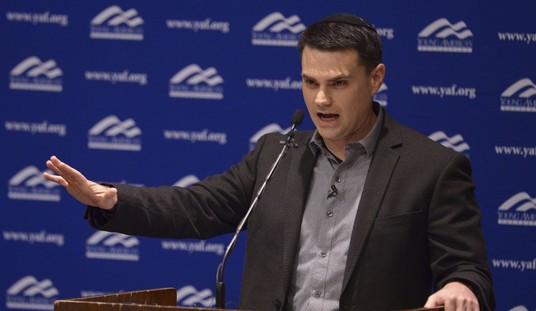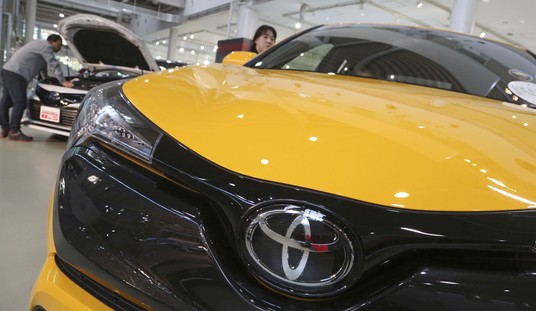Unprecedented! As bills to extend seemingly perpetual wind energy subsidies were again introduced by industry lobbyists late last year, taxpayers finally decided they’d had enough.
Informed and inspired by a loose but growing national coalition of groups opposed to more giveaways with no scientifically proven net benefits, thousands of citizens called their senators and representatives – and rounded up enough Nay votes to run four different bills aground. For once, democracy worked.
A shocked American Wind Energy Association and its allies began even more aggressive recruiting of well-connected Democrat and Republican political operatives and cosponsors – and introducing more proposals like HR 3307 to extend the Production Tax Credit (PTC). Parallel efforts were launched in state legislatures, to maintain mandates, subsidies, feed-in tariffs, renewable energy credits, and other “temporary” ratepayer and taxpayer obligations.
This “emerging industry” is “vitally important” to our energy future, supporters insisted. It provides “clean energy” and “over 37,000” jobs that “states can’t afford to lose.” It helps prevent global warming.
None of these sales pitches holds up under objective scrutiny, and their growing awareness of this basic reality has finally made many in Congress inclined to eliminate this wasteful spending on wind power.
Entitlement advocates are petrified at that possibility. Crony corporatist lobbyists and politicians have built a small army to take on beleaguered taxpayers, rate payers and business owners who say America can no longer afford to spend more borrowed money, to prop up energy policies that drive up electricity costs, damage the environment, and primarily benefit foreign conglomerates and a privileged few.
Recommended
To confront the growing onslaught of wind industry pressure and propaganda, citizens should understand the fundamental facts about wind energy. Here are some of the top reasons for opposing further handouts.
Energy 101. It is impossible to have wind turbines without fossil fuels, especially natural gas. Turbines average only 30% of their “rated capacity” – and less than 5% on the hottest and coldest days, when electricity is needed most. They produce excessive electricity when it is least needed, and electricity cannot be stored for later use. Hydrocarbon-fired backup generators must run constantly, to fill the gap and avoid brownouts, blackouts, and grid destabilization due to constant surges and falloffs in electricity to the grid. Wind turbines frequently draw electricity from the grid, to keep blades turning when the wind is not blowing, reduce strain on turbine gears, and prevent icing during periods of winter calm.
Energy 201. Despite tens of billions in subsidies, wind turbines still generate less than 3% of US electricity. Thankfully, conventional sources keep our country running – and America still has centuries of hydrocarbon resources. It’s time our government allowed us to develop and use those resources.
Economics 101. It is likewise impossible to have wind turbines without perpetual subsidies – mostly money borrowed from Chinese banks and future generations. Wind has never been able to compete economically with traditional energy, and there is no credible evidence that it will be able to in the foreseeable future, especially with abundant natural gas costing one-fourth what it did just a few years ago. It thus makes far more sense to rely on the plentiful, reliable, affordable electricity sources that have powered our economy for decades, build more gas-fired generators – and recycle wind turbines into useful products (while preserving a few as museum exhibits).
Economics 201. As Spain, Germany, Britain and other countries have learned, wind energy mandates and subsidies drive up the price of electricity – for families, factories, hospitals, schools, offices and shops. They squeeze budgets and cost jobs. Indeed, studies have found that two to four traditional jobs are lost for every wind or other “green” job created. That means the supposed 37,000 jobs (perpetuated by $5 billion to $10 billion in combined annual subsidies, or $135,000 to $270,000 per wind job) are likely costing the United States 74,000 to 158,000 traditional jobs, while diverting billions from far more productive uses.
Environment 101. Industrial wind turbine projects require enormous quantities of rare earth metals, concrete, steel, copper, fiberglass and other raw materials, for highly inefficient turbines, multiple backup generators and thousands of miles of high-voltage transmission lines. Extracting and processing these materials, turning them into finished components, and shipping and installing the turbines and power lines involve enormous amounts of fossil fuel and extensive environmental damage. Offshore wind turbine projects are even more expensive, resource intensive and indefensible. Calling wind energy “clean” or “eco-friendly” is an extraordinary distortion of the facts.
Environment 201. Wind turbines, transmission lines and backup generators also require vast amounts of crop, scenic and wildlife habitat land. Where a typical 600-megawatt coal or gas-fired power plant requires 250-750 acres, to generate power 90-95% of the year, a 600-MW wind installation needs 40,000 to 50,000 acres (or more), to deliver 30% performance. And while gas, coal and nuclear plants can be built close to cities, wind installations must go where the wind blows, typically hundreds of miles away – adding thousands of additional acres to every project for transmission lines.
Environment 301. Sometimes referred to as “Cuisinarts of the air,” US wind turbines also slaughter nearly half a million eagles, hawks, falcons, vultures, ducks, geese, bats and other rare, threatened, endangered and otherwise protected flying creatures every year. (This may be a very conservative number, as coyotes and turbine operator cleanup crews remove much of the evidence.) And yet, while oil companies are prosecuted for the deaths of even a dozen common birds, turbine operators have been granted a blanket exemption from endangered and migratory species laws and penalties. Now the US Fish and Wildlife Service is proposing a formal rule to allow repeated “takings” (killings) of bald and golden eagles by wind turbines – in effect granting operators a 007 license to kill.
Environment 401. Scientific support for CO2-driven catastrophic manmade global warming continues to diminish. Even if carbon dioxide does contribute to climate change, there is no evidence that even thousands of US wind turbines will affect future global temperatures by more than a few hundredths of a degree. Not only do CO2 emissions from backup generators (and wind turbine manufacturing) offset any reductions by the turbines, but rapidly increasing emissions from Brazil, China, India, Indonesia and other rapidly developing countries dwarf any possible US wind-related CO2 reductions.
Human Health and Welfare 101. Skyrocketing electricity prices due to “renewable portfolio standards” raise heating and air conditioning costs; drive families into fuel poverty; increase food, medical, school and other costs; and force companies to lay off workers, further impairing their families’ health and welfare. The strobe-light effect, annoying audible noise, and inaudible low-frequency sound from whirling blades result in nervous fatigue, headaches, dizziness, irritability, sleep problems, and vibro-acoustic effects on people’s hearts and lungs. Land owners receive royalties for having turbines on their property, but neighbors receive no income and face adverse health effects, decreased property values and difficulty selling their homes. Once close-knit communities are torn apart.
Real World Civics 101. Politicians take billions from taxpayers, ratepayers and profitable businesses, to provide subsidies to Big Wind companies, who buy Made Somewhere Else turbines – and then contribute millions to the politicians’ reelection campaigns, to keep the incestuous cycle going.
It is truly government gone wild – GSA on steroids. It is unsustainable. It is a classic sWINDle.
Citizens should contact senators, congressmen, congressional committees and state representatives – to demand science-based energy policies. They will find these reasons a good way to start the conversation.

























Join the conversation as a VIP Member